A grand harvest festival, Onam is an important celebration in Kerala. The festival celebrates the homecoming of King Mahabali, a popular ruler in the state. The Malyali month of Chingam (Aug - Sep) is when the Onam takes place in Kerala. The festival is ten days long celebration and each day has its own significance. Onam is the perfect reflection of the rich culture of the state, and thus marks as a must see in Kerala.
History of the Festival
The legend has it that Mahabali was a popular king of Kerala and the Gods of heaven took this fact as a challenge. In order to curb the growing popularity of Mahabali, Aditi, the mother of Gods seeked help of Lord Vishnu whom Mahabali worshiped. So, Lord Vishnu took form of a dwarf and a poor Brahmin called Vamana and headed out to meet Mahabali. And while the king was performing his morning prayers, Lord Vishnu approached him and asked for as much piece of land which he could cover by his three steps. The King though surprised, agreed to fulfill his wish. Vishnu instantly grew his size and in three steps covered the entire earth and sky, which made the king believe that he was no ordinary sage. Vishnu then revealed himself to Mahabali and granted him a boon, in which the king asked to return to Kerala annually.
Duration of the Festival
10 Days
Highlights/ Important Rituals of the Festival
- Onam celebrations are marked in Trikkakara, which is 10 kms from Kochi. The place is said to be the capital of King Mahabali. It is here a deity of Trikkakara Appan or Vamanamurthy who is a form of Lord Vishnu is located.
- The most impressive part of Onam celebration is a grand feast called Onasadya, prepared on the tenth day of the festival. It is a nine course meal, which has about 11 to 13 dishes that are served on banana leaves for people to seat themselves on p on a mat laid on the floor.
- An important feature of Onam is Vallamkali or the Snake Boat Race. This exhilarating race is held on the River Pampa in which hundreds of boatmen from different villages participate.
- Apart from the snake boat race, traditional games that are collectively called Onakalikal are also played.
- Male gentry participate in sports like Talappanthukali (ball game), Ambeyyal (Archery), Kutukutu and combats called Kayyankali and Attakalam.
- Women on the other hand indulge in cultural activities and make flower mats called Pookalam. There are also performed dances like Kaikottikali and Thumbi Thullal by women along with Kummattikali and Pulikali.















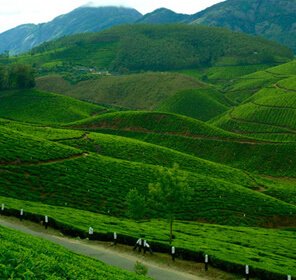
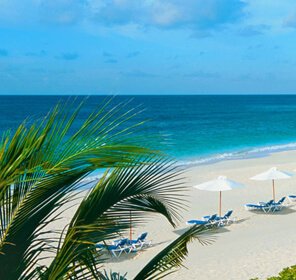
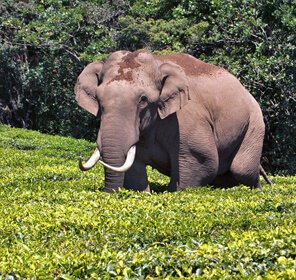
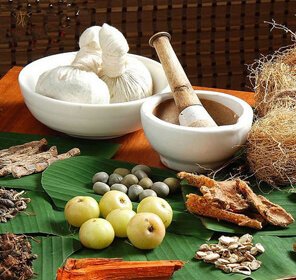
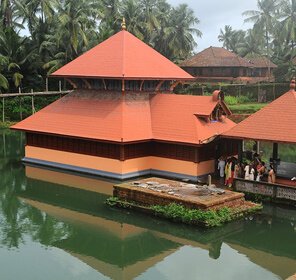

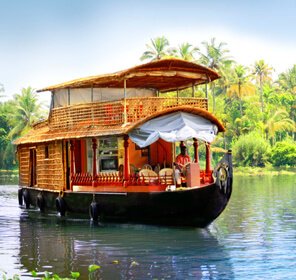
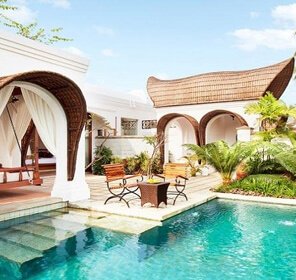
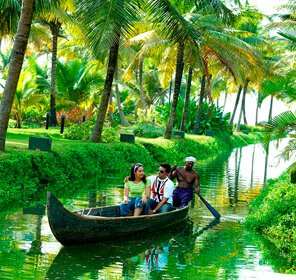

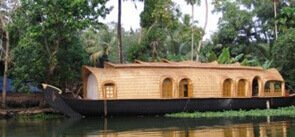
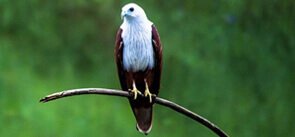
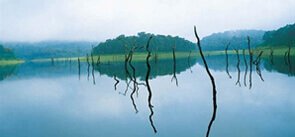
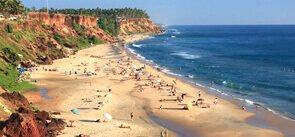
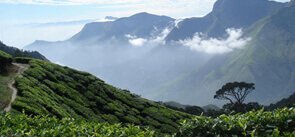
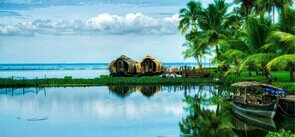

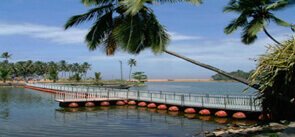
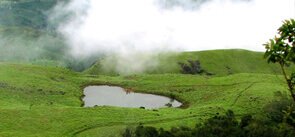
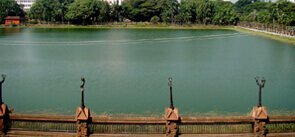
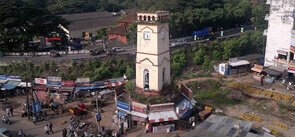
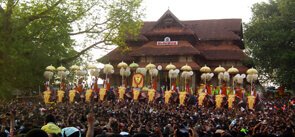
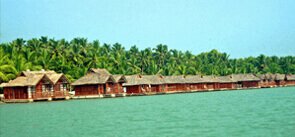
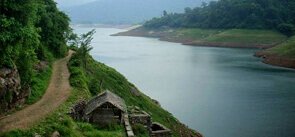

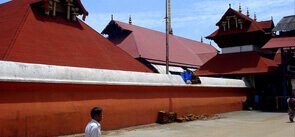
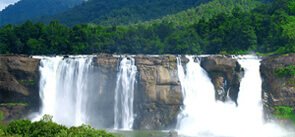
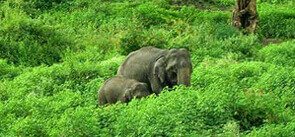
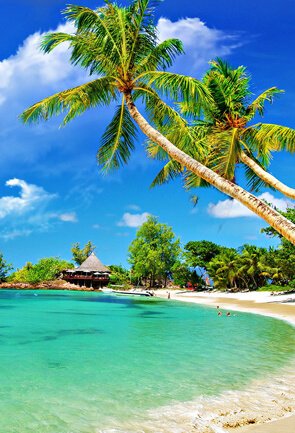
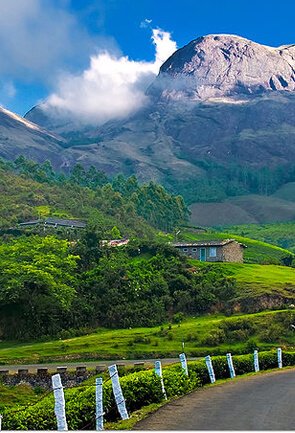
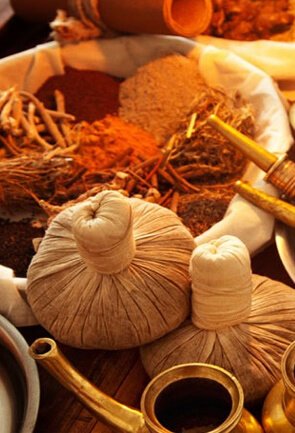
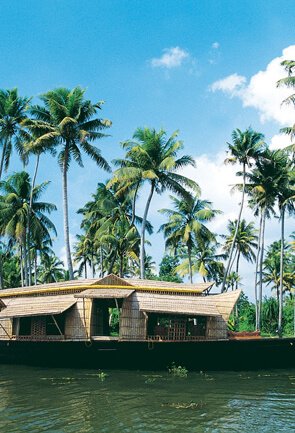
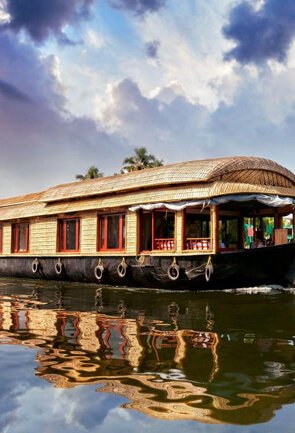
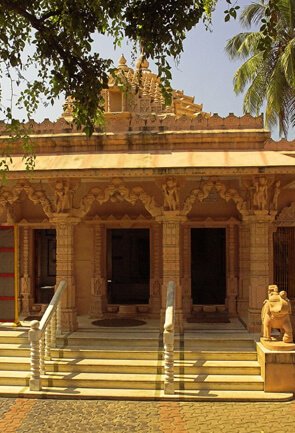
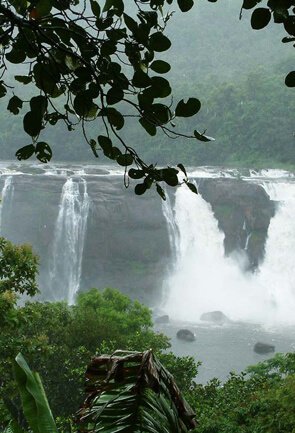
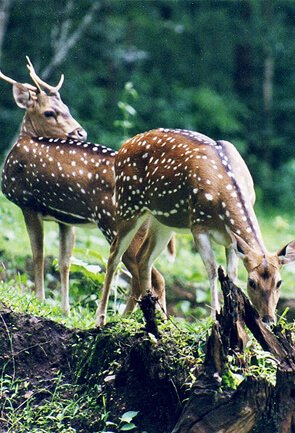
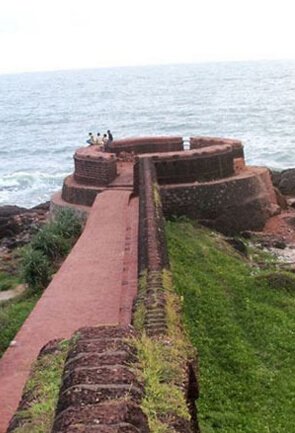
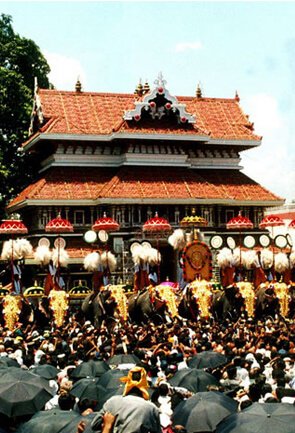
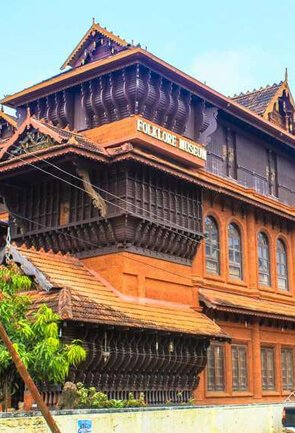
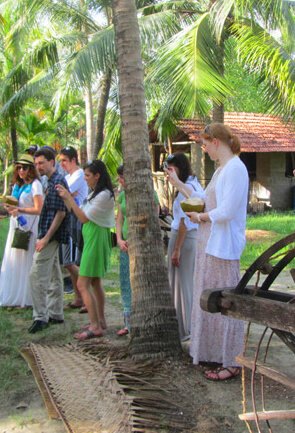
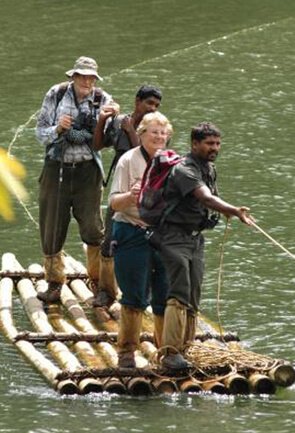
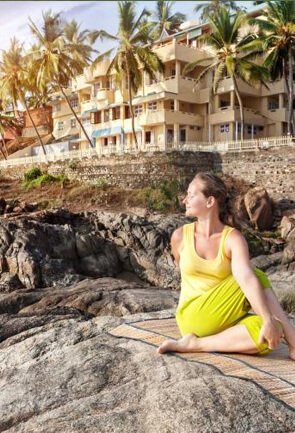
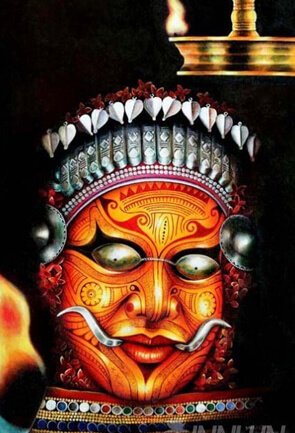
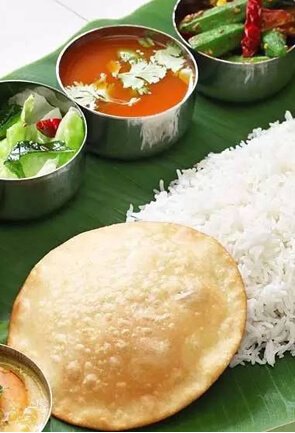
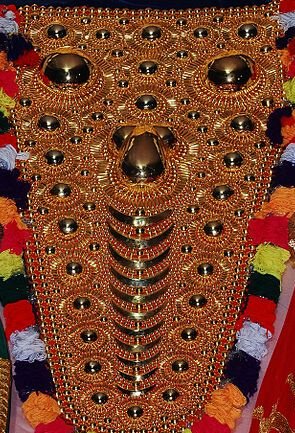
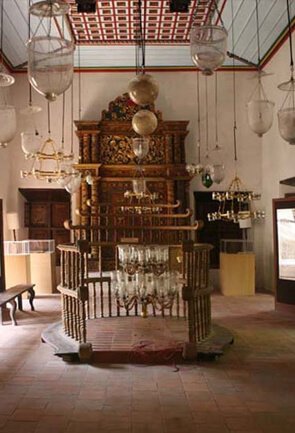

 Plan Trip
Plan Trip Call Us
Call Us Packages
Packages Home
Home